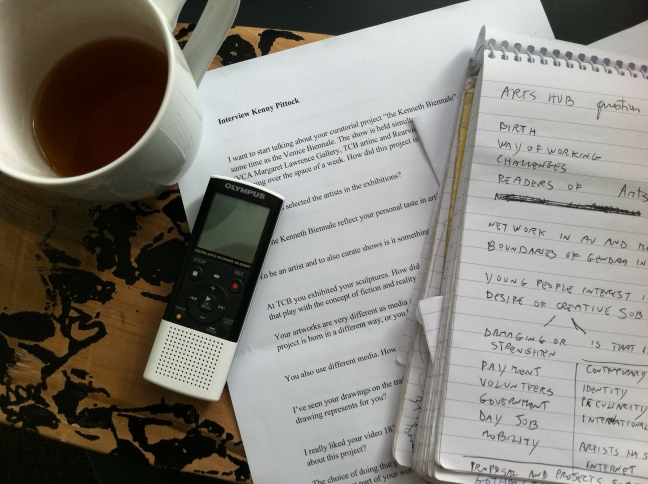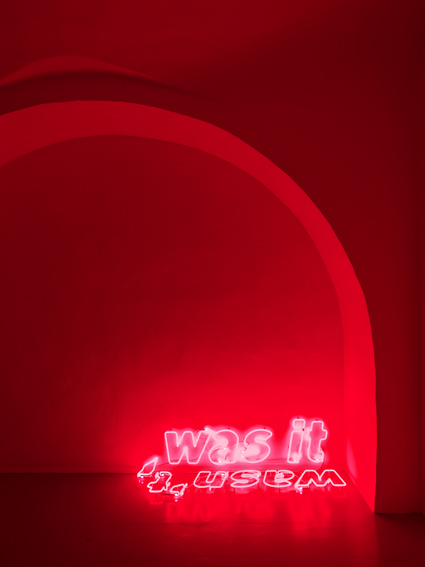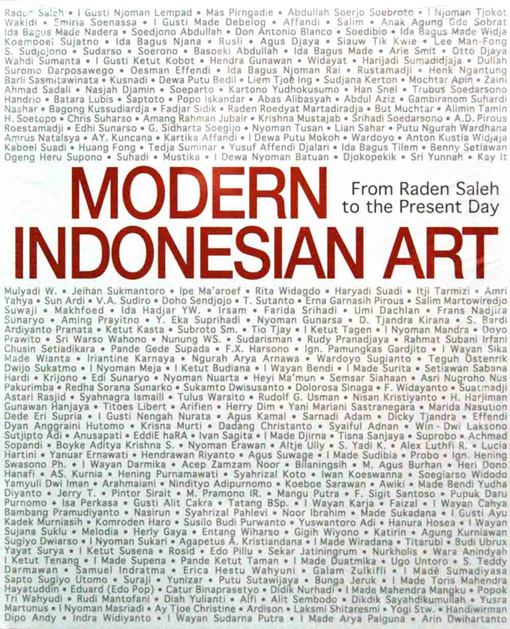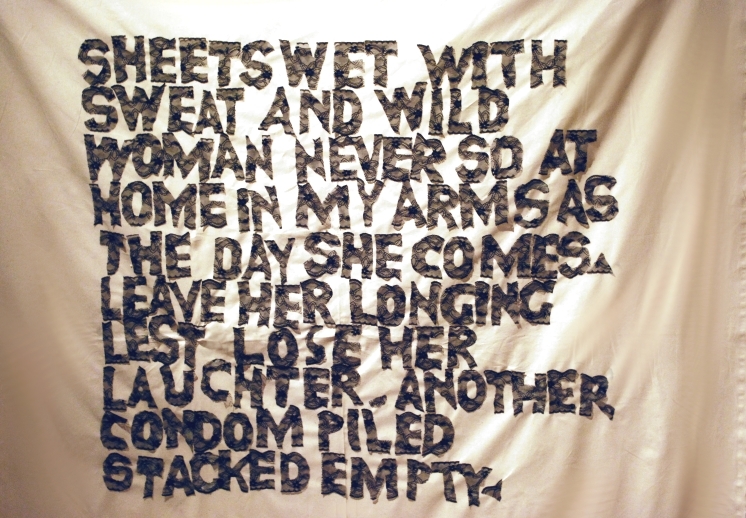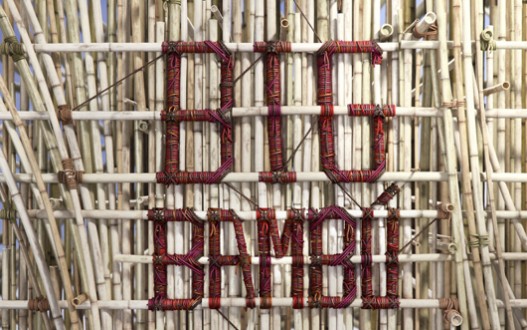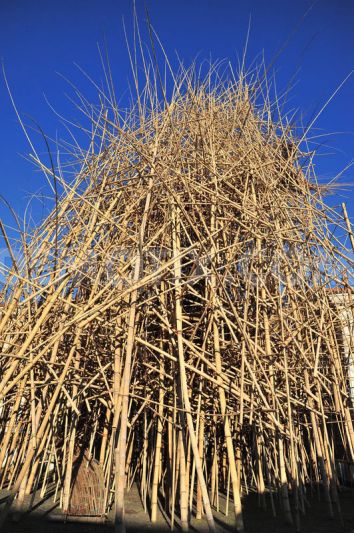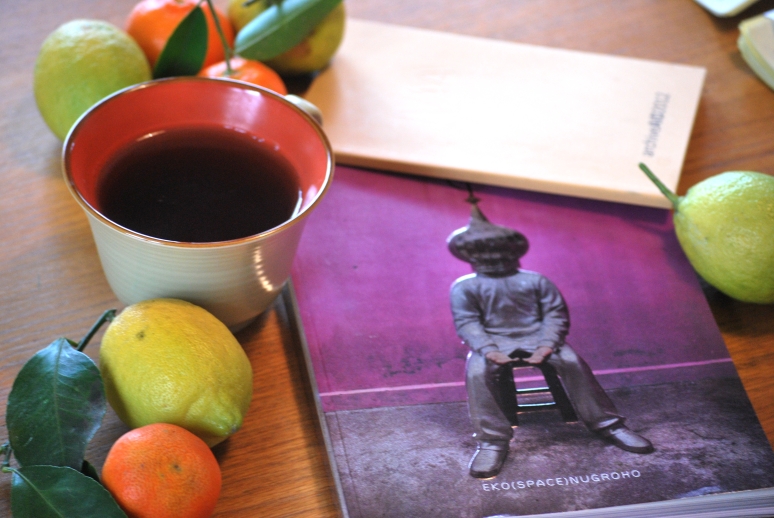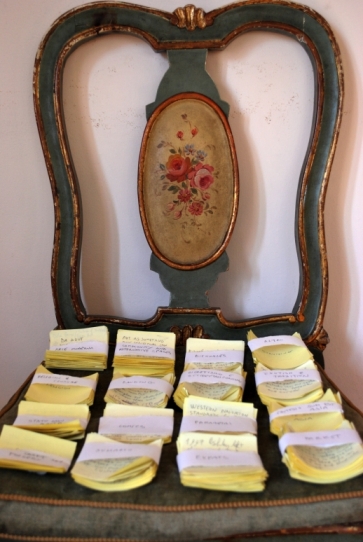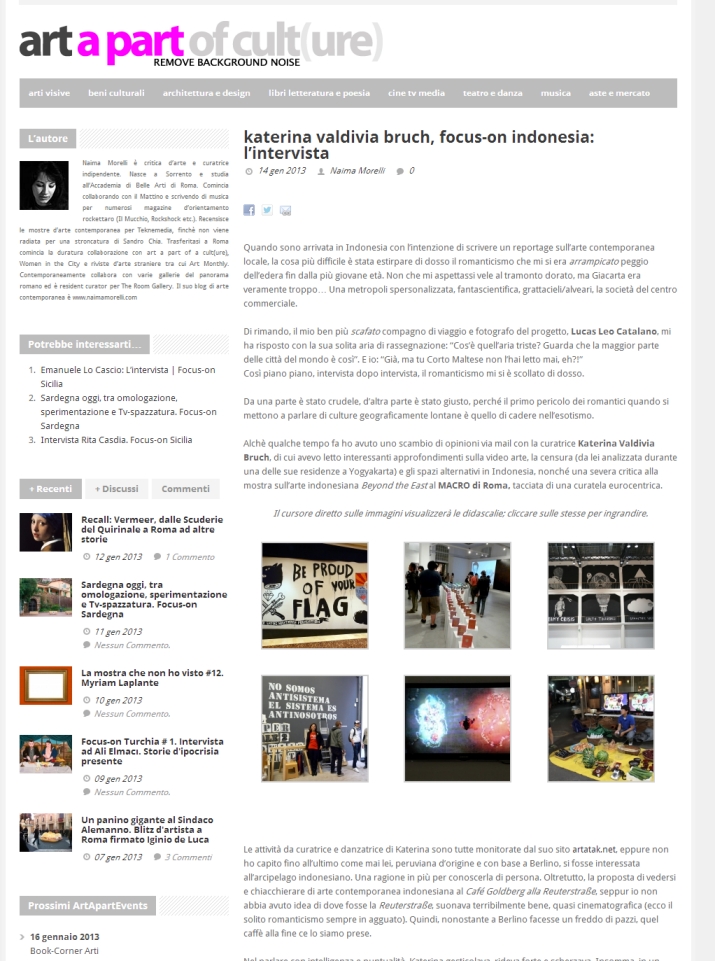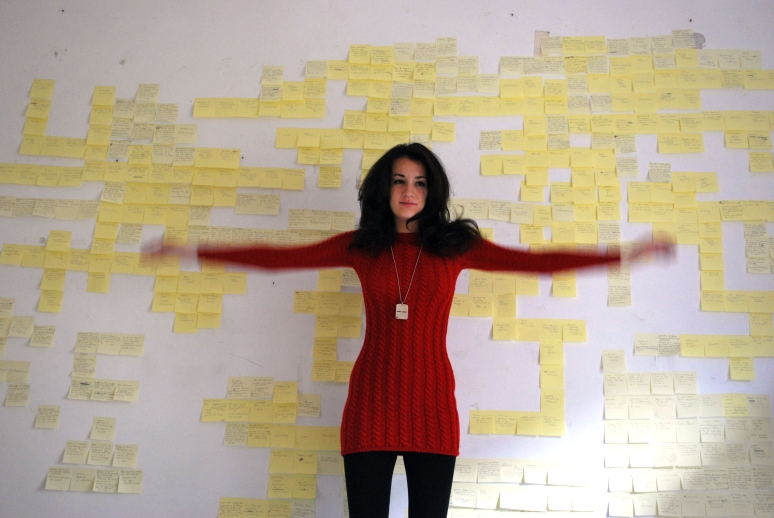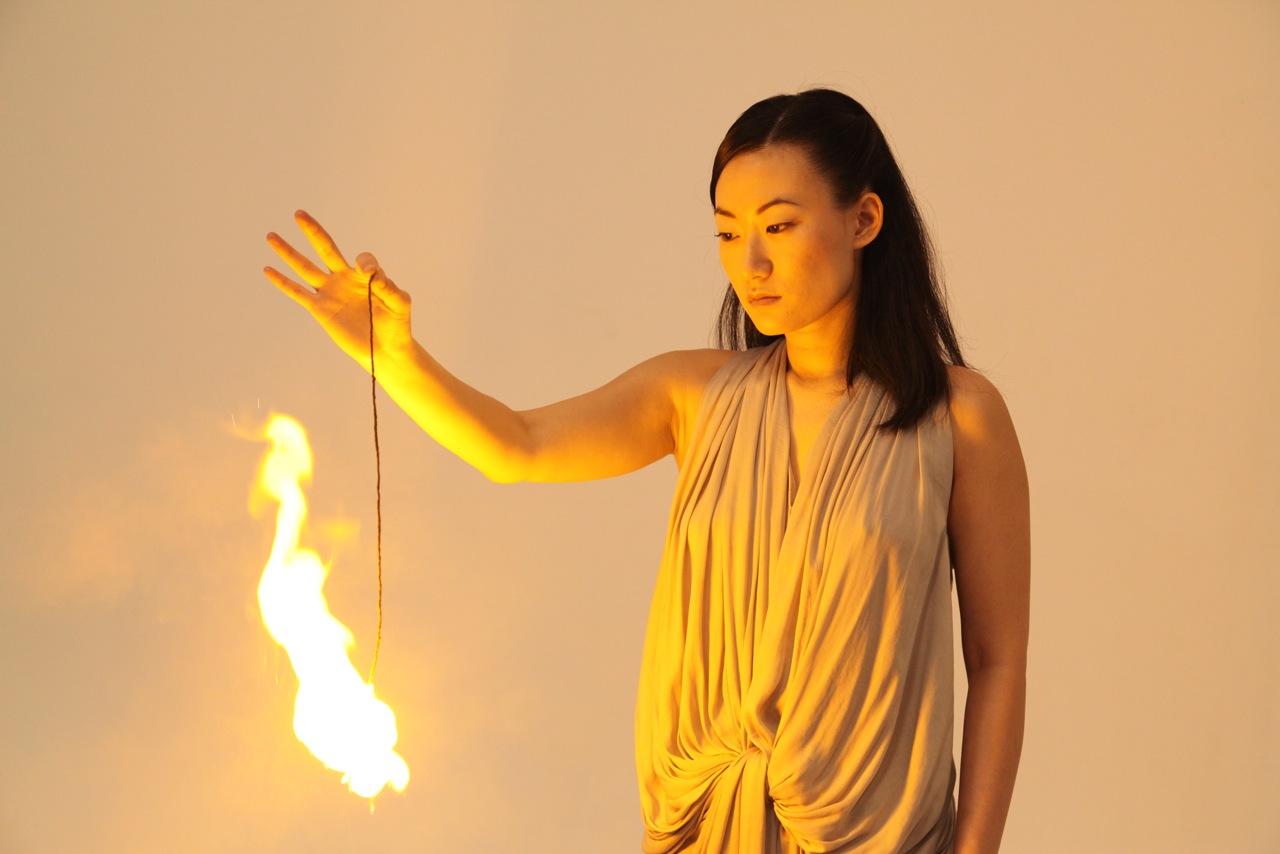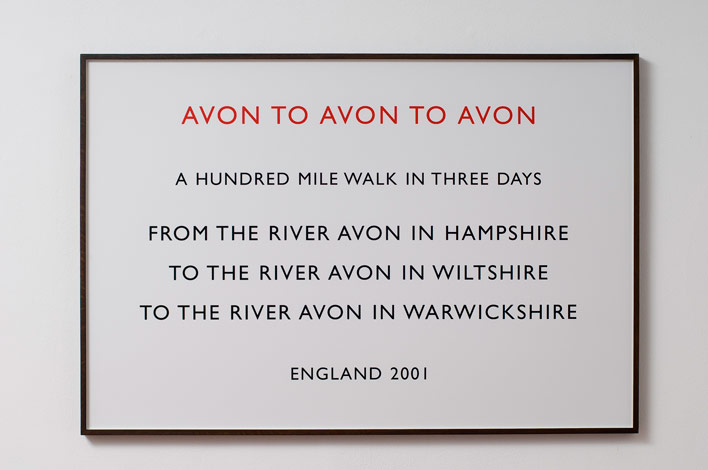
Leave a trace. Recall a feeling. Mark our own path. These are the key needs of a human being.
Among the centuries men modified things all around them, sometimes without utility, just to fight the sense of loss. Basically, this is the reason why the Art started.
This urgency of conservation could show itself as a quick sketch of a bison in Lascaux Caves, or a line “Anna was here” in your school bathroom.
Many contemporary artists work on that concept as well. We can say without any doubt that Richard Long is one of them.
In a private visit to Locarn O’Neill gallery’s last exhibition with a friend of mine, we were struck by the work in the Locarn’s showcase, in the window display between Via Orti d’Alibert and Via della Lungara.
This display is a secondary space where the Locarn Gallery gives a preview of the main attraction in the primary space. The showcase was of a circle of stones pieces, perfectly in line with Long’s way of working. Land Art and other stories like that.
The installation’s name was “Trastevere Spring Circle”, a name that thrilled my friend Mira, who has an obsession with aliens and crop field circles. “This Richard Long… I never heard of him, but maybe he could be one of the Messengers”
“Who are these Messengers?” I asked her
She stared at me, stunned by my ignorance.
